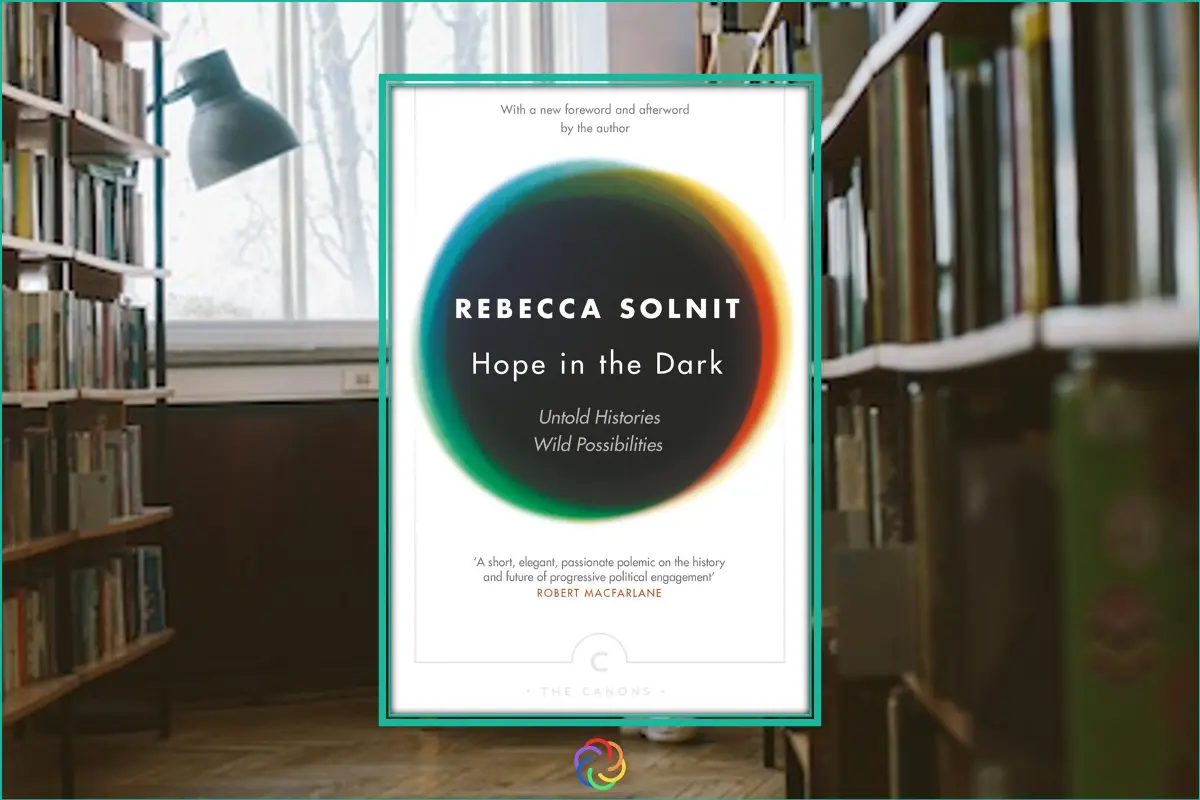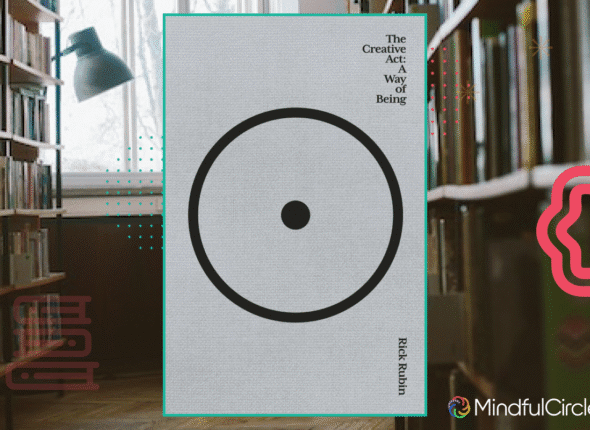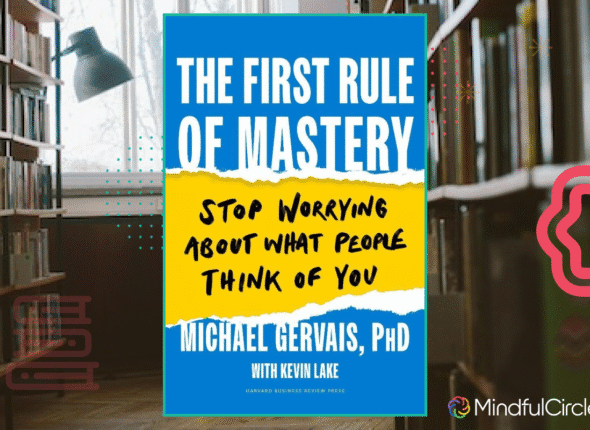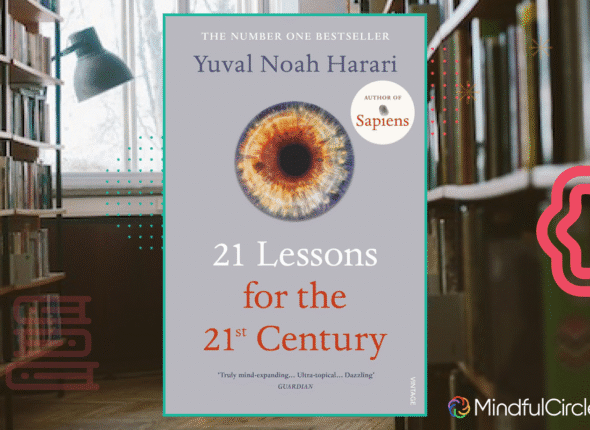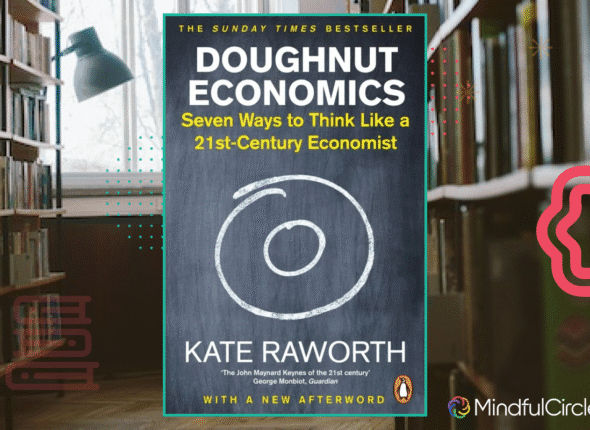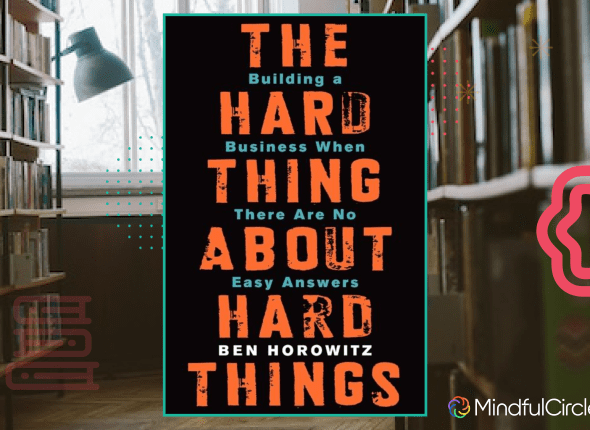Background and Reception
Hope in the Dark by Rebecca Solnit is a profound exploration of hope, activism, and social change. Originally published in 2004 following the re-election of President George W. Bush, the book has been updated with new essays and reflections, making it a timely and relevant read for activists and anyone seeking inspiration in uncertain times. The book has been widely praised for its ability to inspire and motivate readers to engage in activism and maintain hope despite challenges. Environmentalist Bill McKibben commended it, saying:No writer has better understood the mix of fear and possibility, peril and exuberance that’s marked this new millennium.The Guardian recognized it as “One of the Best Books of the 21st Century,” describing it as a “short, elegant, passionate polemic on the history and future of progressive political engagement.” While the book has been celebrated for its inspiring message, some critics argue that its focus on hope might oversimplify the complexities of social change. Additionally, some readers find its analogies meandering, which can obscure the clarity of its arguments.
Main Concepts and Themes
The Nature of Hope
Solnit distinguishes hope from optimism, defining it as an embrace of the unknown and the unknowable. Unlike optimists, who believe things will be fine without involvement, or pessimists, who believe nothing can be done, hope is the belief that our actions matter, even if we cannot predict their impact.Hope is an embrace of the unknown and the unknowable, an alternative to the certainty of both optimists and pessimists.
The Power of Small Actions
A central theme of the book is the power of small actions to create significant change. Solnit illustrates this through various historical examples:- The Fall of the Berlin Wall (1989): The Berlin Wall stood as a symbol of the Cold War, dividing East and West Germany. Its fall was a pivotal moment that marked the end of the Cold War and the beginning of German reunification. This event illustrates how seemingly impossible transformations can occur rapidly and unexpectedly, serving as a metaphor for the potential of hope and collective action to transform society.
- The Zapatista Movement (1994): The Zapatista uprising in Mexico began as a movement for indigenous rights and against neoliberal policies. Despite facing significant opposition from the Mexican government, the Zapatistas gained international attention and influenced broader political discourse. This example highlights how grassroots movements can challenge established systems and inspire global solidarity.
- Seattle WTO Protests (1999): The protests against the World Trade Organization (WTO) in Seattle brought together diverse groups, including environmentalists, labor unions, and human rights activists, to challenge corporate globalization. The protests disrupted the WTO meetings and brought attention to the issues of globalization, showcasing how collective action can disrupt established systems and bring attention to important issues.
We should do things we believe are right, we should have hope that they can affect the future positively because they might, and probably will.
Critique of Political Ideologies
Solnit critiques both the right and the left for their approaches to hope and activism. She argues that the right often focuses on the wrong problems, while the left can become so full of despair that it leads to inaction. Solnit refers to her mission as:Stealing the teddy bear of despair from the loving arms of the left.
Environmental Activism
Solnit delves into environmental issues, highlighting successful campaigns against fracking and other environmental threats. She discusses various environmental campaigns, including efforts to protect old-growth forests and campaigns against fracking, emphasizing how local actions can have global impacts.- Environmental Campaigns: Solnit highlights successful American campaigns against fracking, offering encouragement to those facing similar challenges. These stories emphasize the importance of environmental activism and show how local efforts can lead to significant environmental protections.
Civil Rights and Feminist Movements
The book reflects on the histories of the civil rights and feminist movements, illustrating how sustained activism has led to significant social and legal changes.- Civil Rights Movement: The civil rights movement in the United States fought against racial segregation and discrimination, leading to landmark legislation such as the Civil Rights Act of 1964 and the Voting Rights Act of 1965. This movement exemplifies the power of persistence and collective effort in achieving progress and social justice.
- Feminist Movement: The feminist movement has fought for women’s rights, including the right to vote, equal pay, and reproductive rights. This movement has led to significant legal and social changes, demonstrating the power of collective action in achieving gender equality.
Personal Stories of Activism
Throughout the book, Solnit shares personal anecdotes and stories from her own experiences as an activist. These narratives provide a human dimension to the broader themes of hope and social change, reminding readers that individual actions are part of a larger collective movement.The Power of Collective Action
Solnit argues that small, often unnoticed actions can accumulate to create significant change. She encourages readers to see their individual efforts as part of a larger collective movement, reinforcing the idea that every action, no matter how small, has the potential to contribute to broader social and political transformations. “`htmlKey Lessons from “Hope in the Dark” by Rebecca Solnit
1. Hope is Not Optimism
Solnit emphasizes that hope is distinct from optimism. While optimism assumes things will turn out well without active involvement, hope is grounded in the belief that our actions can influence the future, even if the outcomes are uncertain.
Hope is an embrace of the unknown and the unknowable, an alternative to the certainty of both optimists and pessimists.
Hope requires engagement and action. It encourages individuals to take action rather than waiting for things to improve on their own.
2. Small Actions Can Lead to Big Changes
Solnit argues that even small, seemingly insignificant actions can accumulate to create significant change. Historical examples, such as the fall of the Berlin Wall and the Zapatista movement, illustrate how collective efforts can lead to transformative outcomes.
This lesson underscores the importance of persistence and collective action. Every effort, no matter how small, contributes to a larger movement for change.
3. Embrace Uncertainty
Solnit encourages readers to embrace uncertainty as a space for possibility. The future is unpredictable, and this unpredictability opens the door for hope and change.
The future is dark, with a darkness as much of the womb as the grave.
Uncertainty can be daunting, but it also means that the future is not predetermined. This perspective allows for the possibility of positive change.
4. Critique of Political Despair
Solnit critiques the tendency of the political left to fall into despair, which can lead to inaction. Despair can become a comfortable position that excuses inaction, and she encourages activists to move beyond despair and embrace hope.
This lesson is a call to challenge the narratives of despair that can pervade political and social movements, encouraging individuals to re-engage with hope and take meaningful action toward change.
5. The Power of Collective Action
Solnit highlights the importance of collective action in driving social and political change. Various social movements, such as the civil rights and feminist movements, illustrate how sustained collective efforts have led to significant progress.
Collective action amplifies individual efforts and creates a powerful force for change, emphasizing the need for community and solidarity in pursuing social justice.
6. Environmental Activism Matters
Solnit underscores the significance of environmental activism, highlighting successful campaigns against fracking and other environmental threats. Local actions can have global impacts and inspire broader environmental movements.
Environmental activism is about advocating for systemic changes that benefit both people and the planet, encouraging individuals to engage in environmental efforts.
Criticism
While Hope in the Dark has been widely praised, some critics argue that the book’s focus on hope might oversimplify the complexities of social change. Additionally, some readers find the book’s analogies meandering, which can reduce the clarity of its arguments. Despite these criticisms, the book remains a powerful and inspiring read for anyone seeking to understand the role of hope in activism.Conclusion
Hope in the Dark is a call to arms for political activism and engagement. It reminds us that hope is not a passive emotion but a powerful force that can drive social and political change. Solnit’s book is a must-read for anyone feeling despair with current politics, environmental issues, or social challenges. She writes:Hope just means another world might be possible, not promised, not guaranteed. Hope calls for action; action is impossible without hope.In a world filled with uncertainty, Hope in the Dark offers a beacon of hope and a reminder that our actions, no matter how small, can make a difference. It challenges readers to embrace hope and take ownership of their role in shaping the future.
View other book summaries you might like
The Creative Act: A Way of Being by Rick Rubin- Book Summary
- December 2, 2025
- Com 0
About the Author: Rick Rubin Rick Rubin is widely regarded as one of the most influential music producers in history....
The First Rule of Mastery by Michael Gervais- Book Summary
- November 25, 2025
- Com 0
The First Rule of Mastery: Stop Worrying about What People Think of You INTRODUCTION The First Rule of Mastery: Stop...
21 Lessons for the 21st Century By Yuval Noah Harari – Book Summary
- November 18, 2025
- Com 0
Introduction: About the Author, the Book, and Its Impact Yuval Noah Harari, an Israeli historian and professor at the Hebrew...
Doughnut Economics By Kate Raworth – Book Summary
- November 11, 2025
- Com 0
Doughnut Economics: Seven Ways to Think Like a 21st-Century Economist By Kate Raworth (2017) About the Author and the Book...
A Biography of Silence: An Essay on Meditation By Pablo d’Ors (2012) – Book Summary
- November 4, 2025
- Com 0
A Biography of Silence: An Essay on Meditation About the Author and the Book Pablo d’Ors is a Spanish priest,...
The Hard Thing About Hard Things By Ben Horowitz – Book Summary
- October 28, 2025
- Com 0
The Hard Thing About Hard Things: Building a Business When There Are No Easy Answers―Straight Talk on the Challenges of...


